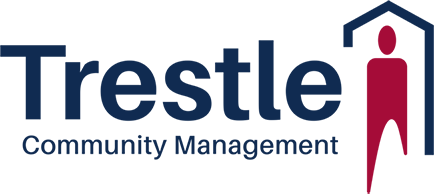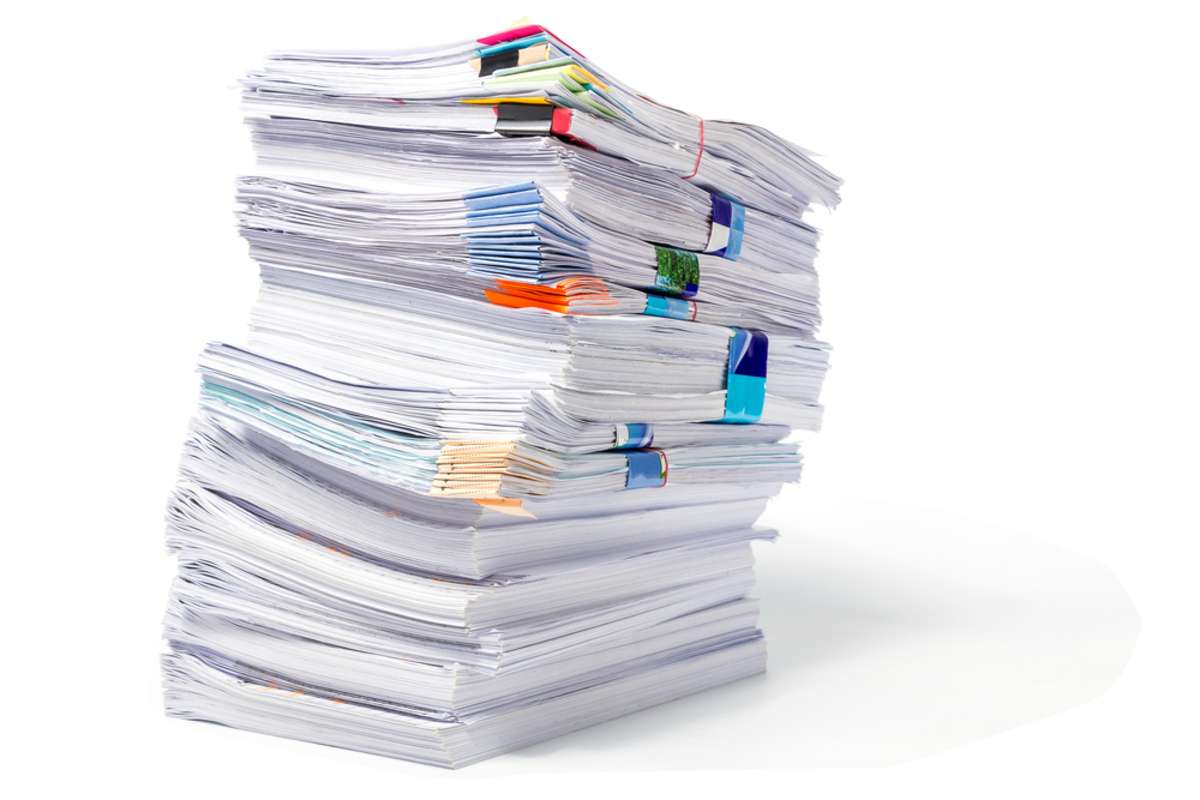Understanding the Hierarchy of HOA Governing Documents
Understanding the hierarchy of your association’s governing documents is critical to running a successful condo owners association. Every association must refer to the governing documents and the order in which they govern to fairly enforce the rules and avoid liabilities.
However, most homeowners associations have multiple documents. It can become confusing to understand how to handle a situation when documents conflict. How can board members prioritize the right rules and paperwork? Today we look at different documents, and what condominium association boards must keep in mind when handling conflicts or disagreements.
Federal and State Laws Always Win
Before we get to the documents for your community association, it’s important to remember that federal and state laws and local ordinances outrank all HOA paperwork. These laws are set up to ensure condo owners have the right to live their lives peaceably and without unnecessary conflict. Therefore, as long as condo boards follow state or local laws, they are unlikely to face the consequences of following condo association rules.
While laws can change (and they often do), they also help condominium management associations operate fairly and without becoming overbearing organizations that seek to control the lives of residents. Condo owners can potentially sue condo board members if they believe they violated federal or state laws when enforcing association rules. It’s important to note that even governing documents can’t violate laws or ordinances. However, laws don’t specifically address issues like noise violations or nonpayment of HOA fees in most cases.
Next Comes Your Plat Map
The next document on the hierarchy of governing documents is your plat map (or condo map). This is the map condo owners and condo management associations use to determine whether condo owners can build additions and modifications to their units. It’s also an essential document for condo boards because if associations don’t follow plat maps or condo documents, they could face lawsuits from condo owners who paid fees expecting to receive certain options only to find that HOA board members refused their requests.
Condo or HOA Declarations Are Crucial
The third document details an association’s rules and restrictions set forth in the condo declaration. This document is legally binding for those who own condos within your community and includes their rights and responsibilities. It also outlines your rights and privileges as an HOA board member. It’s important to note that condo declarations cannot violate state laws, but they can conflict with other covenants and conditions (or CC&Rs).
To avoid these conflicts, condo owners must abide by condo declarations first. Ideally, restrictive covenants and other conditions are put into place with the association declarations in mind. However, that’s not always the case. When your board comes across conflicting documents, the community association’s declaration documents take precedence.
The Articles of Incorporation Come Next
The Articles of Incorporation are the next document a condo owner association board member should consider when figuring out the hierarchy of condo association governing documents. While this document doesn’t include much in terms of rules or enforcement information, it outlines basic information such as your condo’s name, address, and other relevant information related to its corporate status, including the effective date and term. The law requires condo associations to file these forms with their state agency, and condo owners can often access them online through a public records search.
Some Condo Associations Also Have Bylaws
Condominium associations also have bylaws outlining their rules, regulations, and procedures for running condo management companies or homeowners associations. These documents govern how condo community members interact with each other, as well as give guidance to condo board members as they make decisions.
While not as important as condo declarations, condo associations also use bylaws to govern the association’s operations on a day-to-day basis. These documents are similar to condo declarations, but they do not have the legal weight or power of condo declarations, so they can’t often overturn condo declarations in a conflict situation.
Don’t Forget Meetings Notes, Other Records, and Other Documents
If the answers can’t be found in any of the official documents we’ve mentioned so far, board members can also refer to meeting minutes, additional records, insurance policies, financial reports, and vendor bids to determine how to handle a situation. However, if meeting notes indicate that a policy change happened during a board or annual meeting, updating the applicable governing documents for consistency is important.
A Company Offering HOA Management Services Helps Keep Documents In Check
Condo owners associations and their boards should refer to these documents when in doubt about how to handle a disagreement with residents who break HOA rules. Boards may also consult past condo declaration language when in doubt about what is considered “reasonable.”
If you’re not sure that your documents are up to date or indicate a clear hierarchy for making decisions and enforcing the rules, Trestle Community Management can help! Through our management company consulting services or full-service management, HOAs have the guidance they need to support successful communities. Reach out soon to learn more about our services!





